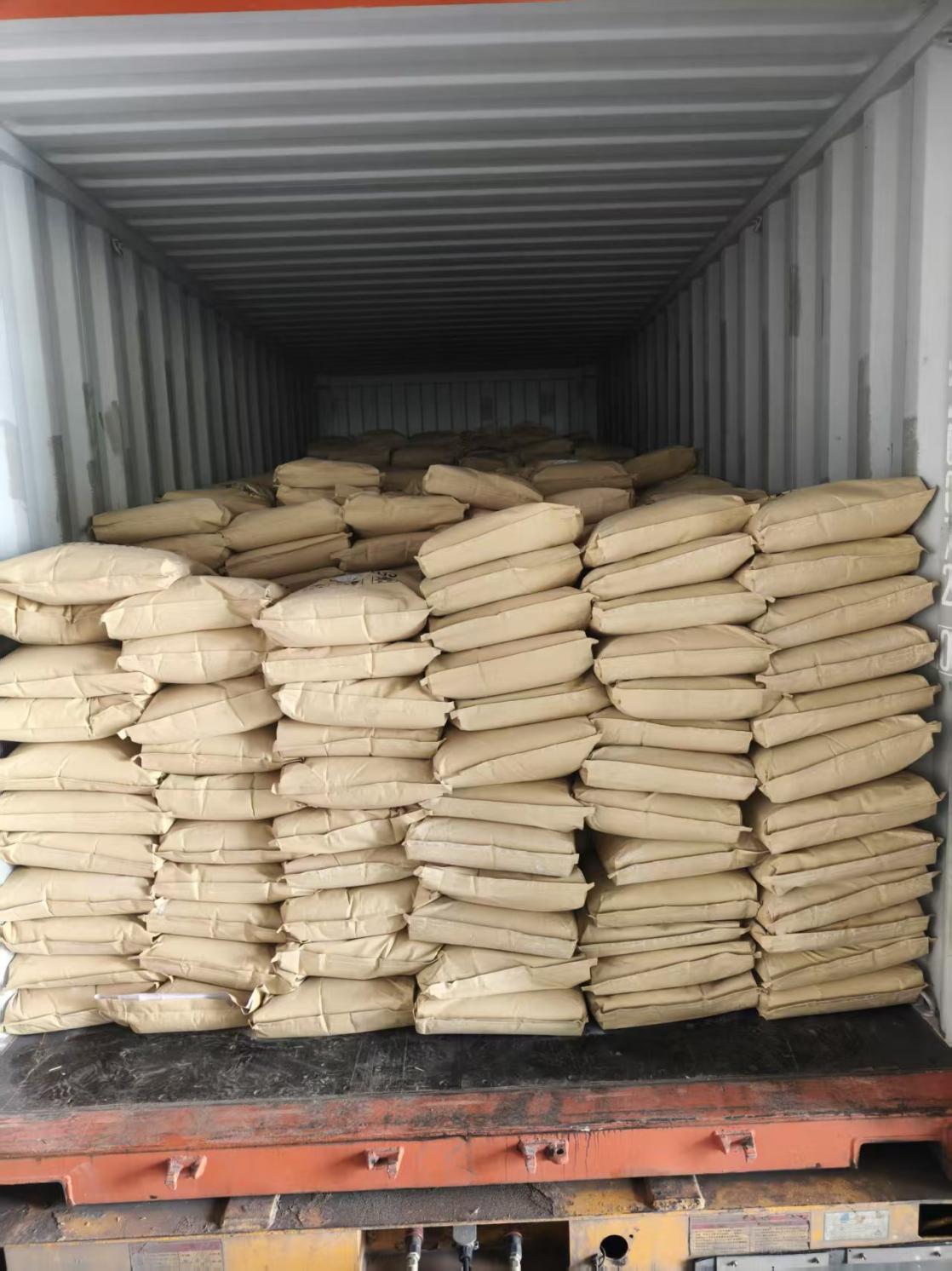Comparing Oxidized Polyethylene Wax to Other Lubricants: The Comprehensive Guide You Need
Release time: 2025-07-17
Comparing Oxidized Polyethylene Wax to Other Lubricants: What You Need to Know
Table of Contents
- 1. Introduction to Lubricants and Their Importance
- 2. What is Oxidized Polyethylene Wax?
- 3. Key Properties of Oxidized Polyethylene Wax
- 4. Applications of Oxidized Polyethylene Wax
- 5. Comparing Oxidized Polyethylene Wax with Other Lubricants
- 5.1 Comparison with Paraffin Wax
- 5.2 Comparison with Silicone Oil
- 5.3 Comparison with Graphite Lubricants
- 6. Advantages and Disadvantages of Oxidized Polyethylene Wax
- 7. Safety and Handling of Oxidized Polyethylene Wax
- 8. The Future of Lubricants: Trends and Innovations
- 9. Frequently Asked Questions
- 10. Conclusion
1. Introduction to Lubricants and Their Importance
Lubricants play a crucial role in reducing friction, heat, and wear between surfaces in contact, thus ensuring smoother operation and extending the lifespan of machinery and equipment. In an industrial setting, selecting the right lubricant can significantly enhance productivity and efficiency. This article focuses on one specific type of lubricant: oxidized polyethylene wax, comparing it with other popular options in the market.
2. What is Oxidized Polyethylene Wax?
Oxidized polyethylene wax is a derivative of polyethylene that undergoes an oxidation process, transforming its physical and chemical properties. This modification enhances its functionality as a lubricant, improving its performance in various applications. Characterized by its waxy texture, oxidized polyethylene wax boasts a high melting point and excellent thermal stability, making it suitable for use in diverse industries.
3. Key Properties of Oxidized Polyethylene Wax
Understanding the essential properties of oxidized polyethylene wax can help you determine its suitability for specific applications. Some of the key characteristics include:
3.1 High Melting Point
Oxidized polyethylene wax typically has a melting point between 80°C and 90°C, which allows for its use in high-temperature applications without compromising its efficacy.
3.2 Low Viscosity
The low viscosity of oxidized polyethylene wax facilitates easy application and spreading, ensuring even coverage over surfaces.
3.3 Chemical Resistance
This type of wax exhibits exceptional resistance to various chemicals, including acids and alkalis, making it ideal for harsh environments.
3.4 Good Adhesion Properties
One of the standout features of oxidized polyethylene wax is its ability to adhere well to different substrates, enhancing its effectiveness as a lubricant.
4. Applications of Oxidized Polyethylene Wax
Oxidized polyethylene wax is versatile and finds its applications across multiple industries, including:
4.1 Plastics Industry
In the plastics industry, oxidized polyethylene wax is often used as a processing aid and lubricant, improving the flow characteristics and enhancing the surface finish of plastic products.
4.2 Coatings
This wax is frequently incorporated into coatings to improve their performance, providing slip and anti-blocking properties that enhance the durability of the final product.
4.3 Adhesives
In adhesive formulations, oxidized polyethylene wax aids in achieving the desired viscosity and stability, contributing to the overall effectiveness of the adhesive.
4.4 Personal Care Products
It is also used in personal care products, where it serves as a thickening agent and emollient, improving the texture and feel of creams and lotions.
5. Comparing Oxidized Polyethylene Wax with Other Lubricants
Choosing the right lubricant often involves a detailed comparison with alternatives. Here, we explore how oxidized polyethylene wax stacks up against other popular lubricants.
5.1 Comparison with Paraffin Wax
Paraffin wax is a commonly used lubricant, known for its low cost and availability. However, oxidized polyethylene wax outperforms paraffin wax in several areas:
- **High Melting Point**: Oxidized polyethylene wax has a higher melting point, making it more suitable for high-temperature applications.
- **Chemical Resistance**: Unlike paraffin wax, which can be sensitive to certain chemicals, oxidized polyethylene wax offers greater longevity in harsh environments.
5.2 Comparison with Silicone Oil
Silicone oil is renowned for its lubricating properties, providing excellent performance in various settings. However, it comes with certain drawbacks:
- **Cost**: Silicone oil is generally more expensive than oxidized polyethylene wax, making the latter a more cost-effective option for large-scale applications.
- **Environmental Concerns**: While silicone oils are effective, they can pose environmental challenges when disposed of improperly. Oxidized polyethylene wax is relatively more environmentally friendly.
5.3 Comparison with Graphite Lubricants
Graphite lubricants are popular due to their solid lubricant properties. However, they have limitations:
- **Messy Application**: Graphite lubricants can be messy to apply, while oxidized polyethylene wax offers a cleaner, neater application.
- **Performance in Wet Conditions**: Graphite may lose its lubricating properties in wet conditions, whereas oxidized polyethylene wax maintains its performance, even in moisture-laden environments.
6. Advantages and Disadvantages of Oxidized Polyethylene Wax
Every lubricant has its pros and cons. Below, we examine the benefits and drawbacks of using oxidized polyethylene wax.
6.1 Advantages
- **Versatility**: Applicable in multiple industries, oxidized polyethylene wax is adaptable to various processes and environments.
- **Cost-Effectiveness**: Generally more affordable than some high-performance lubricants, making it accessible for diverse applications.
- **Enhanced Performance**: Offers superior lubrication and protection against wear and tear, prolonging the lifespan of machinery and equipment.
6.2 Disadvantages
- **Limited Solubility**: While effective, oxidized polyethylene wax may not dissolve well in certain solvents, which could limit its application in specific formulations.
- **Dependency on Quality**: The quality of oxidized polyethylene wax can vary by supplier, making it essential to source from reputable manufacturers to ensure optimal performance.
7. Safety and Handling of Oxidized Polyethylene Wax
As with any chemical product, proper handling and safety measures are crucial when working with oxidized polyethylene wax. Here are some guidelines to keep in mind:
- **Personal Protective Equipment (PPE)**: Always wear appropriate PPE, including gloves and safety goggles, to minimize exposure.
- **Ventilation**: Ensure adequate ventilation in the workspace to prevent inhalation of any fumes or dust produced during handling.
- **Storage**: Store in a cool, dry place, away from direct sunlight and incompatible materials, to maintain its integrity and effectiveness.
8. The Future of Lubricants: Trends and Innovations
The lubricant industry is continuously evolving, with advancements aimed at improving efficiency and sustainability. Key trends include:
- **Biodegradable Lubricants**: The demand for environmentally friendly products is on the rise, leading to increased interest in biodegradable lubricants that minimize environmental impact.
- **Smart Lubrication Technologies**: Innovations such as IoT-enabled lubrication systems are emerging, allowing for real-time monitoring and optimized lubrication strategies.
These trends point towards a future where lubricants are not only more effective but also more sustainable, aligning with global efforts to reduce environmental impact.
9. Frequently Asked Questions
9.1 What is the primary function of oxidized polyethylene wax?
Oxidized polyethylene wax primarily serves as a lubricant, reducing friction and wear between surfaces in contact, while also enhancing processing characteristics in various applications.
9.2 Is oxidized polyethylene wax environmentally friendly?
Yes, oxidized polyethylene wax is considered relatively environmentally friendly compared to many synthetic lubricants, especially when sourced from reputable manufacturers.
9.3 Can oxidized polyethylene wax be used in food-grade applications?
It depends on the specific formulation and quality. Always check for certifications and compliance with food safety regulations before use in food-grade applications.
9.4 How does oxidized polyethylene wax compare to other lubricants in terms of price?
Oxidized polyethylene wax is generally more affordable than silicone oils and high-performance lubricants, making it a cost-effective option for many applications.
9.5 Can oxidized polyethylene wax be mixed with other lubricants?
Mixing lubricants can lead to unpredictable results. It is essential to consult with a lubricant specialist or manufacturer before combining oxidized polyethylene wax with other lubricants.
10. Conclusion
In summary, oxidized polyethylene wax stands out as a versatile and effective lubricant, offering a range of benefits across multiple industries. Its unique properties enable it to outperform many traditional lubricants in various applications. By understanding the characteristics, advantages, and possible limitations of oxidized polyethylene wax, you can make informed decisions that will enhance the efficiency and longevity of your machinery and equipment. As advancements in lubricant technologies continue to emerge, oxidized polyethylene wax will likely remain a competitive choice for those seeking both performance and cost-effectiveness.
 sales@feihengchem.com
sales@feihengchem.com
 +8615665855919
+8615665855919 中文
中文 English
English España
España











